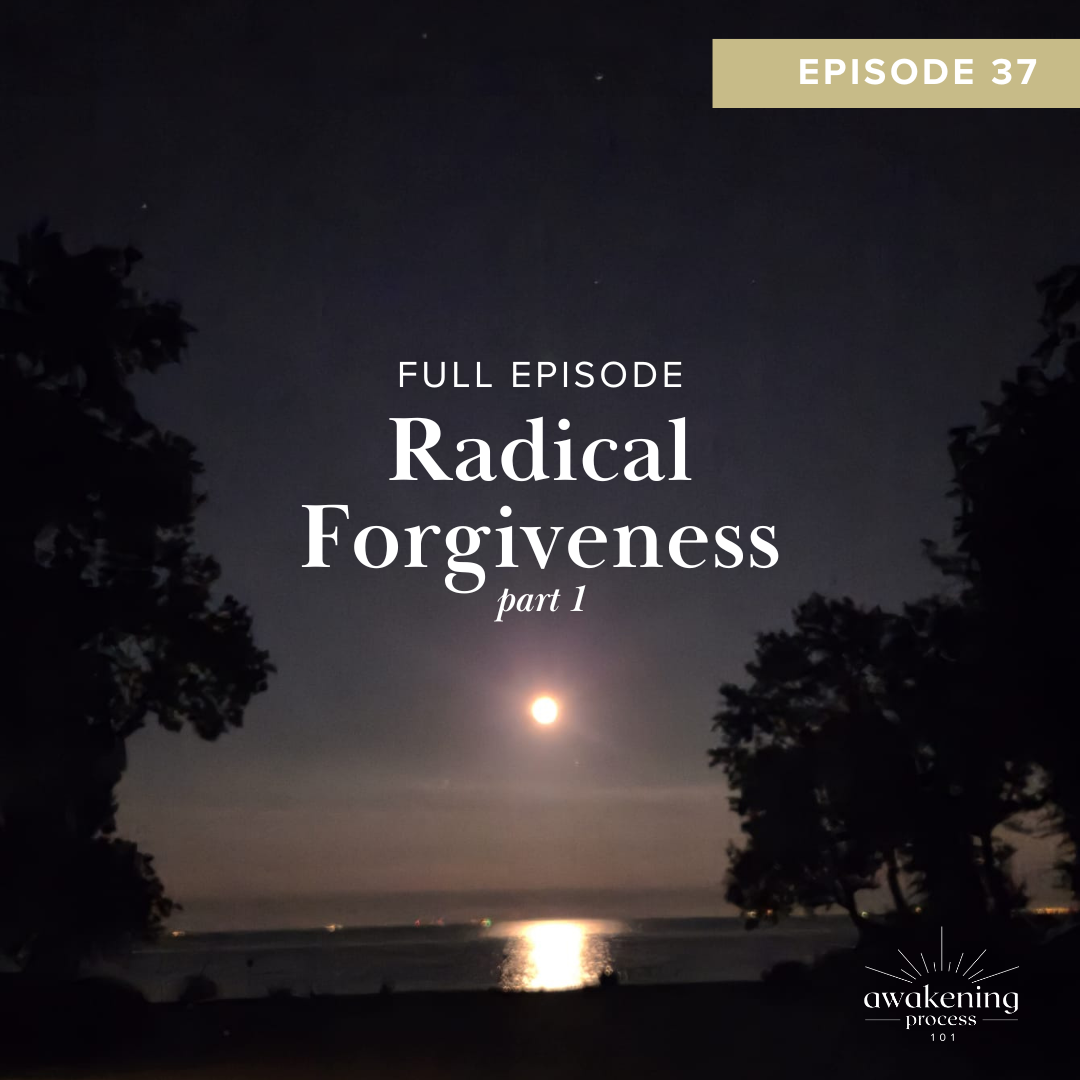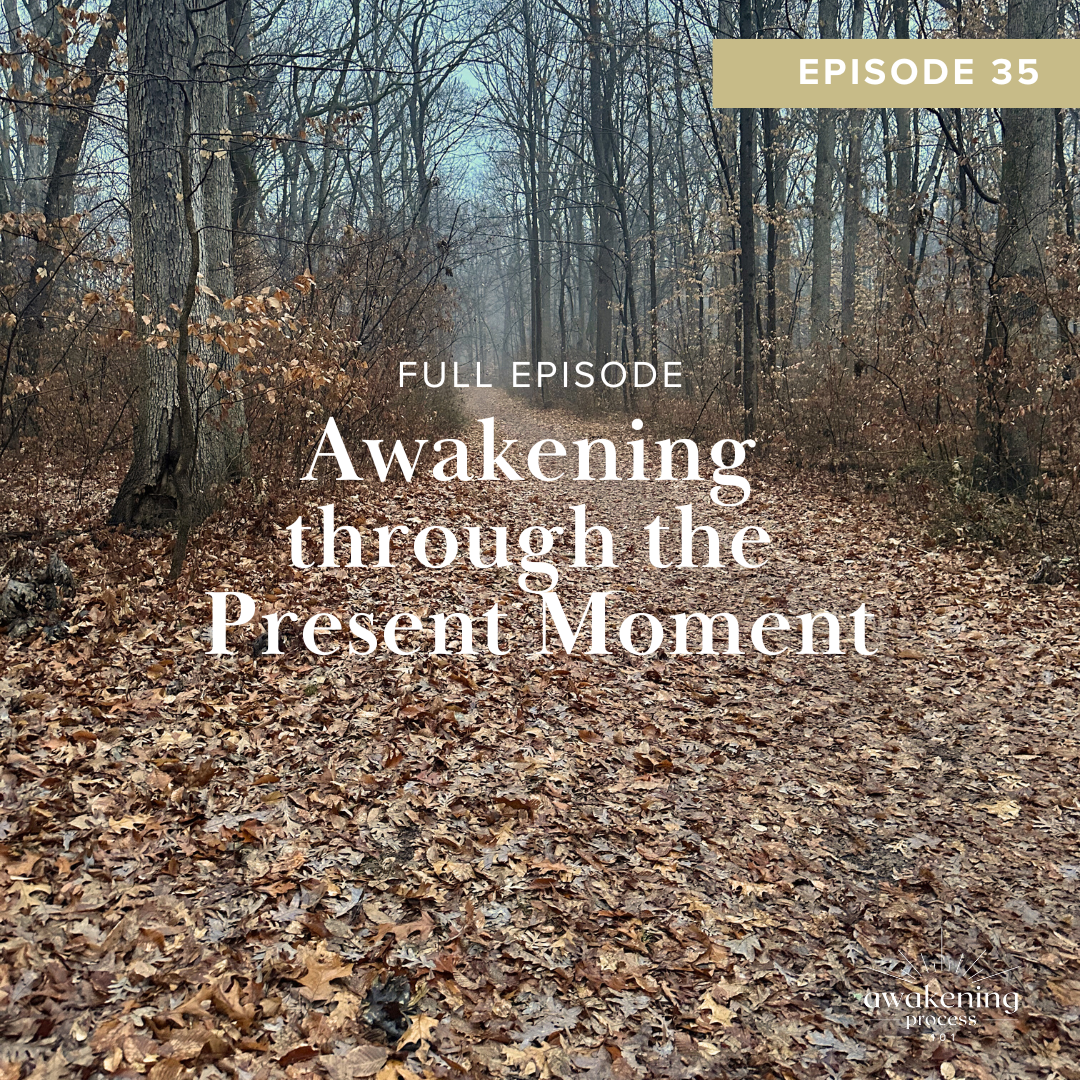Moving Beyond Ego
Moving Beyond Ego
Podcast Summary
Some conversations don’t just inform you — they change you. They land somewhere deeper than the mind and ripple out into the body, the breath, the tender spaces between thoughts. That’s what this episode felt like. A remembering. A homecoming. “Moving Beyond Ego” isn’t a concept to analyze — it’s a living, breathing practice that unfolds every time we catch ourselves mid-trigger, soften into pain, or place a loving hand on the body and ask, what’s really here?
In this episode, I sat down with Louise to explore the quiet yet radical path of stepping out of ego and into presence. We spoke honestly — not as teachers but as humans — about the ways we’ve armored ourselves, how grief became a guide, and how the body continues to be our wisest teacher. This wasn’t a conversation about perfection or “enlightenment.” It was about the daily, messy, beautiful work of returning to the self beneath the story. The one who breathes. The one who feels. The one who loves without condition.
Understanding and Moving Beyond the Ego
So often, the ego is painted as the enemy — a part of us to eliminate, transcend, or battle. But I’ve come to see it more tenderly, as a protective mechanism that formed in response to pain, rejection, and fear. The ego tries to keep us safe by controlling how we’re seen, by defending our worth, by gripping tightly to certainty. It’s not wrong, it’s just tired. Misguided. When we learn to recognize its patterns — the defensiveness, the blame, the tightening around being “right” — we begin the practice of moving behind it. Not in rejection, but in reverent witnessing.
In this episode, Louise and I spoke about that sacred pause — the breath between trigger and reaction — where we reconnect with our true self, the part of us that sees with love. The soul doesn’t defend. It doesn’t fight for validation. It simply exists in a field of enoughness. When we pause long enough to notice the ego in action, we are no longer fused with it. We can smile at its efforts, thank it for trying, and choose presence instead. This returning — again and again — becomes the path. We don’t transcend ego all at once; we just build a loving relationship with the part of us that’s scared. And that changes everything.
Working with Emotional Pain as a Path to Awakening
Pain, for me, has always been a doorway — sometimes reluctant, sometimes profound — but always real. In this episode, we spoke of the raw, unfiltered kind of pain that strips away the performance and brings us to our knees. The pain of loss, like when I said goodbye to my beloved horse or held my father in his final days, doesn’t ask for solutions. It asks for presence. And when we stop resisting pain, stop intellectualizing it or trying to fast-forward through it, something exquisite happens. We feel. And in feeling, we awaken.
Emotional pain, when met with reverence, becomes holy ground. We shared how it’s not the pain itself that causes suffering, but the resistance — the bracing, the avoidance, the belief that we shouldn’t be feeling this. But the truth is, when we give ourselves permission to fully inhabit grief, anger, or heartbreak, the pain moves. It speaks. It teaches. And often, it reveals the part of us that most needs love. This work isn’t about fixing; it’s about remembering. The wound becomes a portal. And from that space, we don’t just survive our emotions — we integrate them. We become more human and more soul, all at once.
Embodied Awareness and the Role of the Body in Healing
If there’s one thing I trust above all else, it’s the body. The body holds stories the mind has forgotten. It pulses with intuition, truth, and memory — even when we’re not listening. In this episode, Louise and I returned to this sacred truth: that healing happens through the body, not around it. We spoke about how pain lives not only in our thoughts but in our tissues, our bellies, our breath. And the way home is never to bypass, but to gently arrive — again and again — with breath and presence.
Embodiment, to me, is not about mastering postures or achieving calm. It’s about becoming a safe place for your sensations. When I feel the tightness in my chest, the trembling in my gut, the constriction in my throat — I’ve learned to ask, what are you holding for me? Through practices like yoga, conscious touch, breathwork, or even stillness, we allow those sensations to express and release. It’s not always graceful. Sometimes it’s messy, tearful, primal. But it’s honest. And that honesty is what sets us free. When we stop abandoning our bodies, we find that the body was never the problem — it was always the portal.
Conclusion
If you take anything from this episode, let it be this: you are not here to be perfect, fixed, or flawless. You are here to feel. To unravel. To breathe through your becoming. The ego will rise. Pain will come. And yet, none of it defines you. What defines you is your willingness to return — to the breath, to the body, to the truth beneath the noise. That returning is the work. That presence is the freedom.
As we closed this conversation, what lingered for me wasn’t something said — it was a feeling. A softness. A spaciousness. Like something had been released simply by being seen. That’s the medicine of honest dialogue and embodied truth. And my hope is that you walk away from this episode not with more ideas, but with more compassion. For your story. For your pain. For the wisdom your body carries. You don’t have to rush your healing. You just have to stay with it. One breath at a time.







